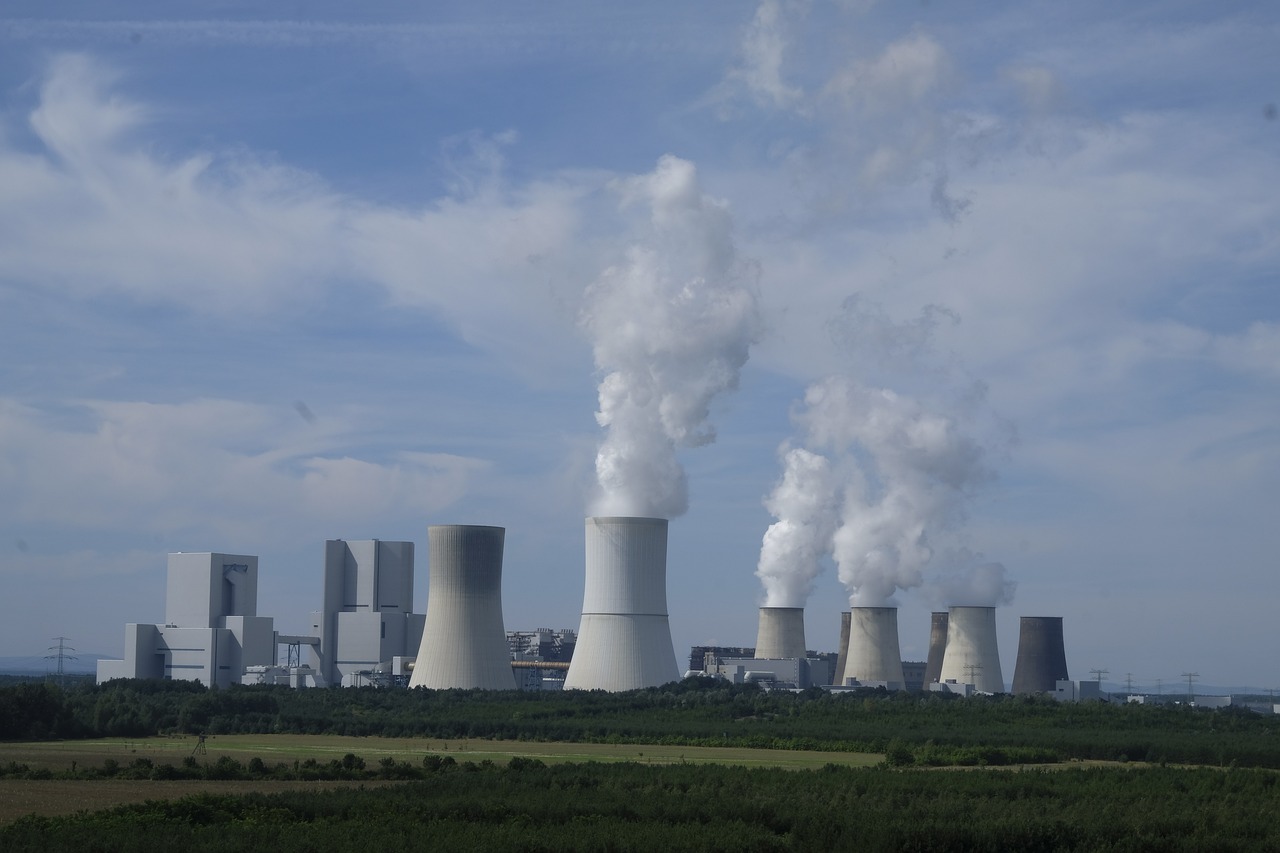News
Japan's Nuclear Power Industry: Market Demand is Sluggish
Japanese media said that Japan’s nuclear energy industry is at an unprecedented crossroads. Affected by the Fukushima Daiichi nuclear power plant accident, Japan has not had new nuclear power equipment in operation for more than eight years, and exports to overseas have continued to stagnate. Japan has many nuclear reactor manufacturers and suppliers of key components such as special steel. However, the technology passed down from generation to generation is in danger of being cut off, and the economic continuation of nuclear power plants has turned yellow.According to a report by Nihon Keizai Shimbun on April 9, in Oma Town, Aomori Prefecture, a huge building with a kamaboko-shaped cover stands inside the Oma Nuclear Power Plant under construction by Electric Power Development Co., Ltd. Inside the building is the nuclear reactor containment module, which is the core equipment of the nuclear power plant. Yuichi Kawashima, deputy director of the local architectural firm, said: "In order to prevent the pipes from rusting due to the influence of the sea breeze, the humidity inside the cover has been maintained at 50%."
Electric Power Development Co., Ltd. began construction of the company's first nuclear power plant, the Oma Nuclear Power Plant, in 2008. When the Great East Japan Earthquake struck in 2011, only 38% of the project was completed. Formal construction is still on hold. The temperature-controlled hood was installed because the project had inevitably been put on hold for a long time.
There are three nuclear power plants under construction in Japan, all of which were interrupted by the Great East Japan Earthquake. The domestic operations of the three large nuclear reactor companies, Hitachi, Mitsubishi Heavy Industries, and Toshiba, rely on safety improvement projects at existing nuclear power plants to maintain profits. Since the startup of Unit 3 of the Tomari Nuclear Power Plant (Tomari, Hokkaido) in 2009, no new nuclear power plants have been put into operation in Japan. A manager at a large nuclear reactor company said: “The work of imparting skills to younger generations has also stopped.”
Relevant parts and components suppliers are also feeling the crisis. Building a nuclear power plant often requires the participation of 300 to 500 such companies. Juichiro Takada, president of Takata Industrial Co., Ltd., which is responsible for many nuclear power plant barrels and pipe equipment business, said worriedly: "Once technology is lost, it will be difficult to easily get it back."
After the interruption of the Oma Nuclear Power Plant project, Takata Industrial Co., Ltd. received no new business. The number of special welding technicians who needed 30 to 40 people in its heyday has been reduced to about 20 people.
Last year, the Vietnamese government canceled plans to build nuclear power plants, citing high costs. If the overseas business that nuclear power companies rely on cannot obtain new projects, it will become increasingly difficult to maintain technological standards. Hitachi is the only Japanese nuclear power company moving ahead, and its nuclear power plant project in the UK is essential to maintaining the technology.
The United States has the toughest attitude toward nuclear power plants. After the Three Mile Island accident in 1979, the United States significantly reduced the construction of new nuclear power plants. Unit 2 of the Watts Bar Nuclear Power Plant in Tennessee, which started operation last year, became the first new project in 20 years. It took 43 years from construction to operation.
Against the background of business stagnation in developed countries, China accounted for six of the eight nuclear power plants that were put into operation around the world from last year to this year. From China, which continues to accumulate actual performance, we can see the shadow of Japan, which built 20 commercial nuclear power plants from the 1990s to the first decade of the 21st century.

